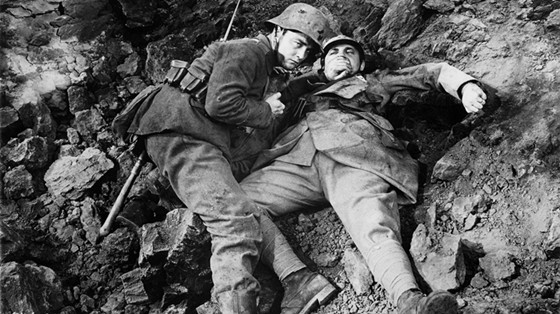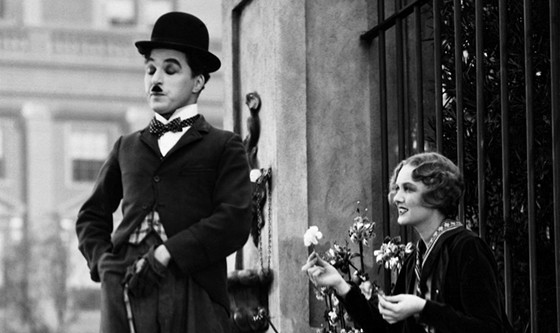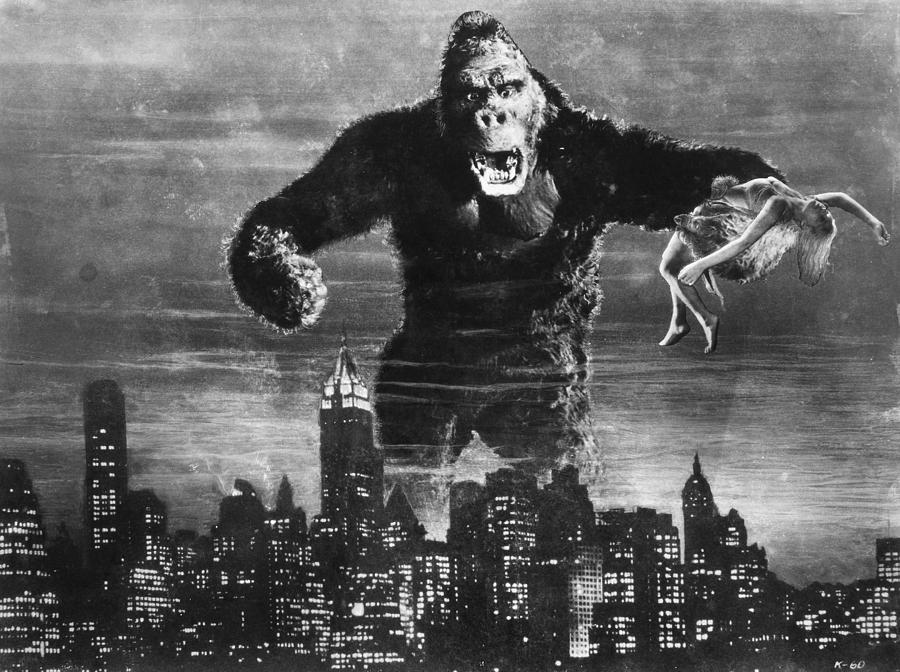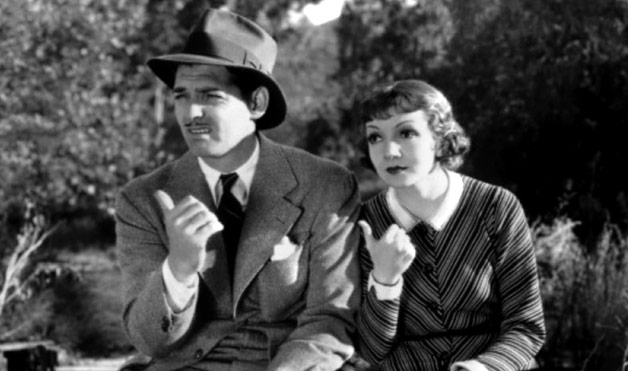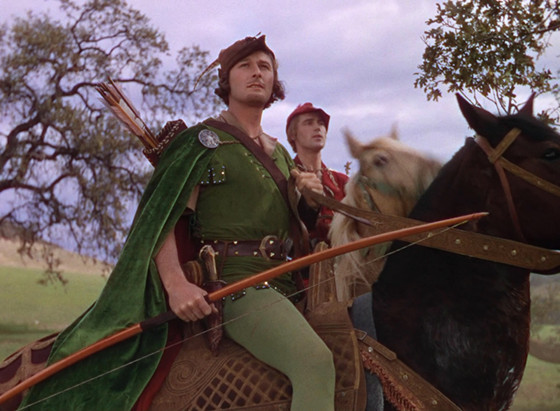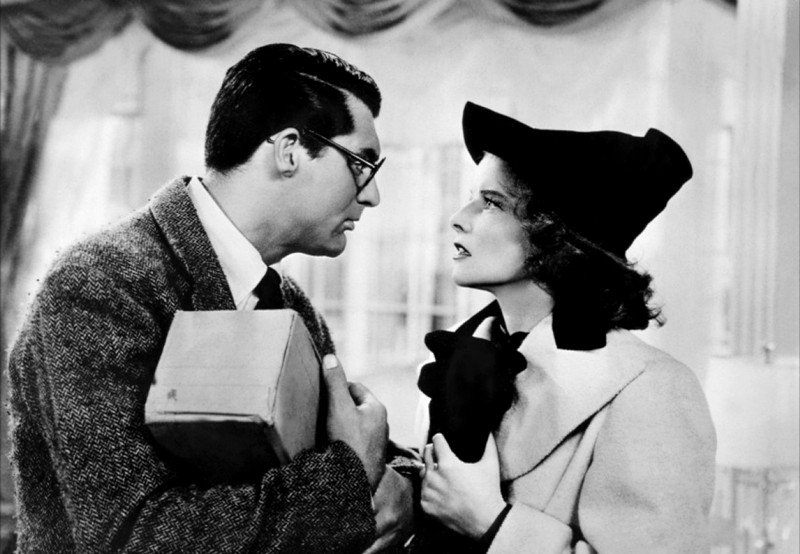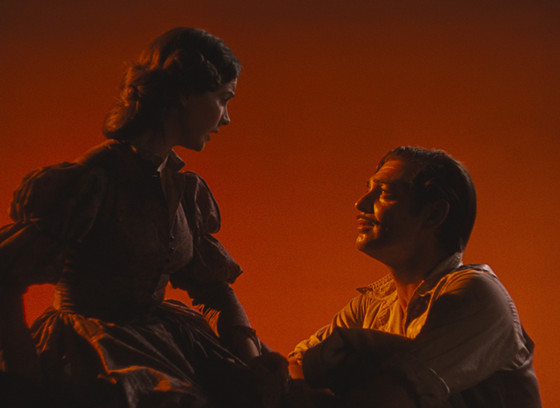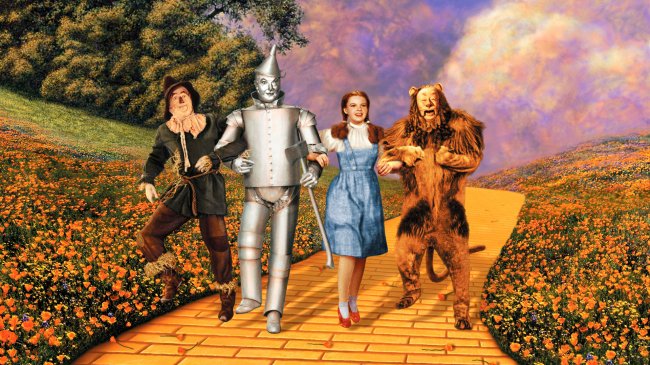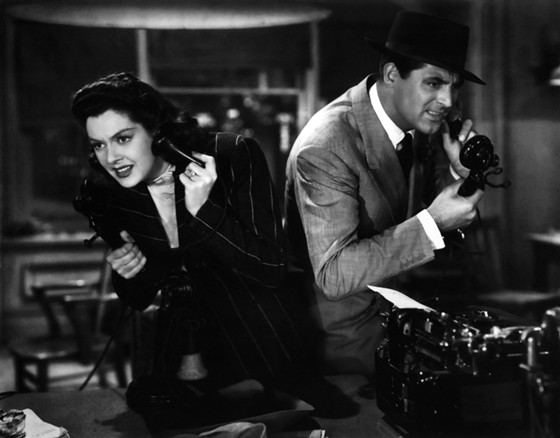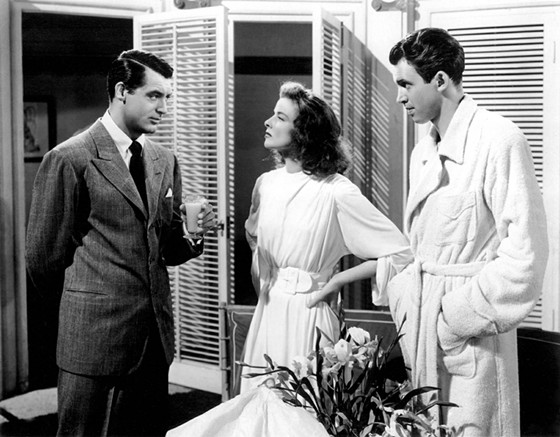“The Golden Age of Hollywood”, the name alone evokes a sense of elegance and timeless entertainment quality that left a definite mark on the History of Film and in American Culture in general. Essentially, the Classical Hollywood period started with the decline of The Silent Film Era in the late 1920’s and by the early 1960’s had finished its legendary run.
During this 40-year period, the Five Big Hollywood studios (MGM, Paramount, Warner Bros., Fox and RKO) operated as true factories and profusely released films that have stood the test of time.
This list aims to point some of their greatest accomplishments, nonetheless, given the capacity and prolific nature of even smaller studios like Universal Studios, Columbia Pictures, and United Artists, it is by no means a categorical account and should be viewed more as a starting point for those who wish to discover this magical time of stars of enduring beauty and talent and some of the most skilled directors and crews that have ever worked in the Movie Industry.
Please note this list is ranked in chronological order.
1. All Quiet on the Western Front (1930)
German author Erich Maria Remarque’s meaningful novel about the many hardships of War and its few compensations was adapted to the screen by perfectionist director Lewis Milestone. For his irreproachable work, Milestone was awarded the Best Director Oscar and his masterpiece won as Best Picture of 1930 – The first win for Universal Studios.
Given the solemnity of the theme, the film was produced without any music whatsoever. As novelist Remarque put it, All Quiet on the Western Front is a story about “a generation of men who, even though they may have escaped its shells, were destroyed by the war.” The pacifist message planted in the book found even more resonance with the help of Cinema’s visual trait.
The last scene of the movie, in which a soldier in the World War I trenches, surrounded by death and violence, turns his attention to the simple delicacy of a butterfly is a significant symbol of what separates Film from other art forms.
2. City Lights (1931)
Charlie Chaplin’s resistance to the rise of Sound-Film presented us with a late Silent masterpiece. The story is about the Tramp’s romance with blind flower girl Virginia Cherrill who mistakes Chaplin’s character for a millionaire.
Chaplin was insecure about releasing City Lights, since by 1931, silents had become out-of-date. Nevertheless, The Tramp’s latest adventure was greeted with eagerness by its public. It marked the director-actor first time at composing one of his film’s score and the penultimate screen apparition of his quintessential character.
Orson Welles called it his favorite movie and Federico Fellini commented it was the inspiration behind his Nights of Cabiria. In 2008, The American Film Institute named it the greatest romantic comedy of American Cinema.
3. King Kong (1933)
One of the most familiar cinematic images of all time is that of a 25-feet-tall ape atop the Empire State Building, holding a distressed blonde on his hand while military planes attempt to shoot him down.
The techniques utilized to bring King Kong to life were revolutionary back in 1933: miniature models, trick photography and extraordinary stop-motion have assured the film’s place as a milestone of special effects. It was also the first American talkie to get an exclusive soundtrack by incomparable musician Max Steiner no less.
Although admittedly a new interpretation of the old Beauty and the Beast concept, Merian C. Cooper and Ernest B. Schoedsack’s classic adventure is unquestionably Cinema at its purest form. Fay Wray’s almost mythical scream and Kong’s fights with giants snakes and dinosaurs are just some of the feature’s far-famed attractions.
4. It Happened One Night (1934)
Legend has it that actress Claudette Colbert, having just concluded filming, said to a friend “I just finished the worst picture in the world.” Clark Gable was also scarcely enthusiastic about the enterprise and even Production Company Columbia didn’t appear to expect much from Frank Capra’s It Happened One Night, seeing they hardly invested in promoting what would soon become their first award-winning smash-hit.
The romantic-comedy, which tells the story of a snobbish runaway heiress (Colbert) and a rude know-it-all reporter (Gable), was the first film to win all five major Academy Awards and it’s also considered the earliest example of a true screwball-comedy. Its hitchhiking scene has become so famous it’s been copied and parodied countless times and Gable’s character, who eats raw carrots while talking, has often been cited as the inspiration for Bugs Bunny.
5. The Adventures of Robin Hood (1938)
The third of eight films legendary screen-pair Olivia de Havilland and Errol Flynn starred in together, this swashbuckler romantic adventure is undoubtedly their most well-known partnership. There has never been a hero as captivating as Flynn’s Robin Hood and a lady as fair as de Havilland’s Maid Marian.
Michael Curtiz’s family-friendly film has defined Flynn’s screen-persona and set the highest standard possible for the genre. The Technicolor spectacle is now regarded by many film critics as the most perfect example of Old Hollywood’s lavishing production and inventive capacity.
6. Bringing up Baby (1938)
Directed by versatile Howard Hawks, this 1938 screwball comedy was tailor-made for actress Katharine Hepburn. The film marks the second paring of The Great Kate and celebrated leading-man Cary Grant. Bringing up Baby opened to mixed reviews and generally mediocre box-office results.
Hepburn hadn’t had a string of hits in a while and the newest flop lead to her labeling as “box-office poison”, a title which would only die down two years later with the success of 1940’s The Philadelphia Story – that again co-starred Grant.
The hysterical plot follows paleontologist Grant who is determined to ensure a donation to his museum whilst having to deal with thoughtless Hepburn and a tame leopard by the name of Baby. This fast-talking, hilarious classic gem has obtained deserved acclaim with time and it’s now considered one of the funniest motion-pictures ever produced.
7. Gone with the Wind (1939)
Perhaps the most famous movie of all time and the highest grossing one by adjusted values for inflation, this 1939 saga, based on Margaret Mitchell’s Civil War novel, is an undeniable part of America’s cultural heritage. A winner of eight Academy Awards, in arguably the most disputed year of the ceremony, Gone with the Wind is ultimately a tale resilience.
At the beginning of the film we meet 16-year-old spoiled belle Scarlett O’Hara (Vivien Leigh), a daughter of the agricultural elite of the productive South of the 1800’s, the self-centered girl lives through a series of misfortunes, including poverty and hunger, during the almost 4-hour epic run of the film.
While declaiming such iconic lines as “Tomorrow is Another Day” and “I’ll never be hungry again” Scarlett develops a love/hate relationship with Rhett Butler, played by a dashing Clark Gable in his most emblematic role. With its monumental sets, glorious Technicolor and superior cast and crew, 76 years after its original release, Gone with the Wind remains one of the best examples of the level of excellence attained at the prime of the studio system.
8. The Wizard of Oz (1939)
Who has never heard such famous quotes as “There’s no place like home” or “We’re not in Kansas anymore”? Its cultural impact is so evident, one can easily assume The Wizard of Oz is one of the most iconic films ever made.
From its unforgettable theme song “Over the Rainbow” to the ruby slippers immortalized by Judy Garland on the screen, it’s hard to imagine one who wouldn’t be charmed by the story of Dorothy Gale and her dog Toto’s journey to the magical land of OZ, where they meet such recognizable characters as The Scarecrow, The Cowardly Lion, The Tin Man and Glinda the Good Witch.
Shockingly, this treasure of American filmmaking was not popular upon its original release. But, needless to say, it has since obtained the credit it justly deserves.
9. His Girl Friday (1940)
Rosalind Russell’s silver-tongued reporter Hildy Johnson is undeniably one of the actress’s most acclaimed performances. The exceptional comedienne is at her best in Howard Hawks’ Newspaper screwball comedy His Girl Friday, which also co-stars famed British-born actor Cary Grant.
The comical masterpiece can still amuse modern-day audiences with its freshness and vitality and will most likely endure repeated viewings by virtue of its fast-paced and intelligent script, which showcases editor Grant trying to keep ex-wife and chief-reporter Russell from marrying a mild good guy played by Ralph Bellamy.
In 1968, the movie fell into public domain when copyright registration was not renewed, so there’s really no excuse not to watch this immensely absorbing film jewel.
10. The Philadelphia Story (1940)
With a cast lead by Katharine Hepburn, James Stewart and Cary Grant, even if The Philadelphia Story had nothing else in its favor it might just as well be considered a classic. But rather, the film still counts on a whimsical script and spot-on directing by George Cukor.
The story about aristocratic Hepburn whose pending wedding is at risk by the surprise return of ex-husband Grant and the arrival of scandal sheet journalist Stewart, was an instant hit upon its release and it’s been credited with saving Hepburn’s career after a series of failed projects. The remarriage comedy has aged exceptionally well and remains an uncontested favorite among critics and movie fans.

